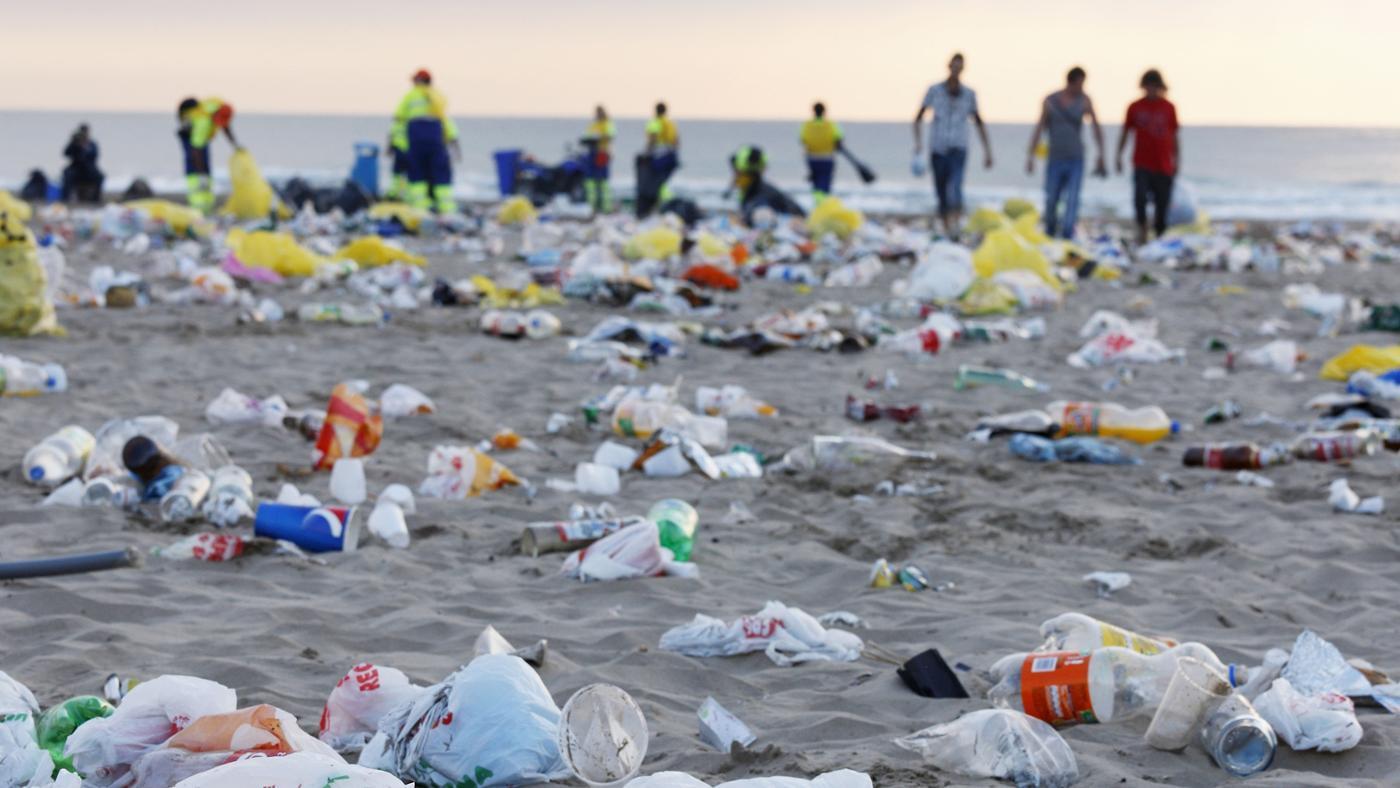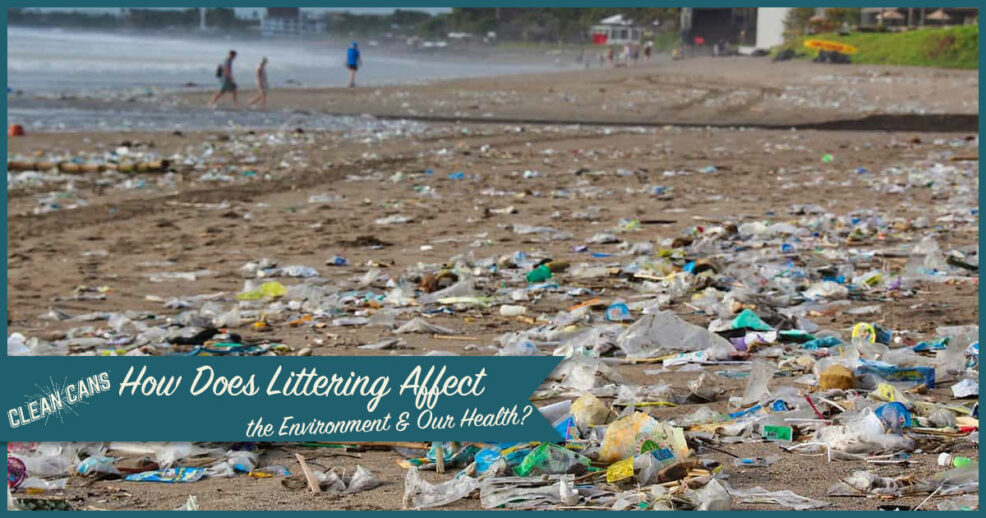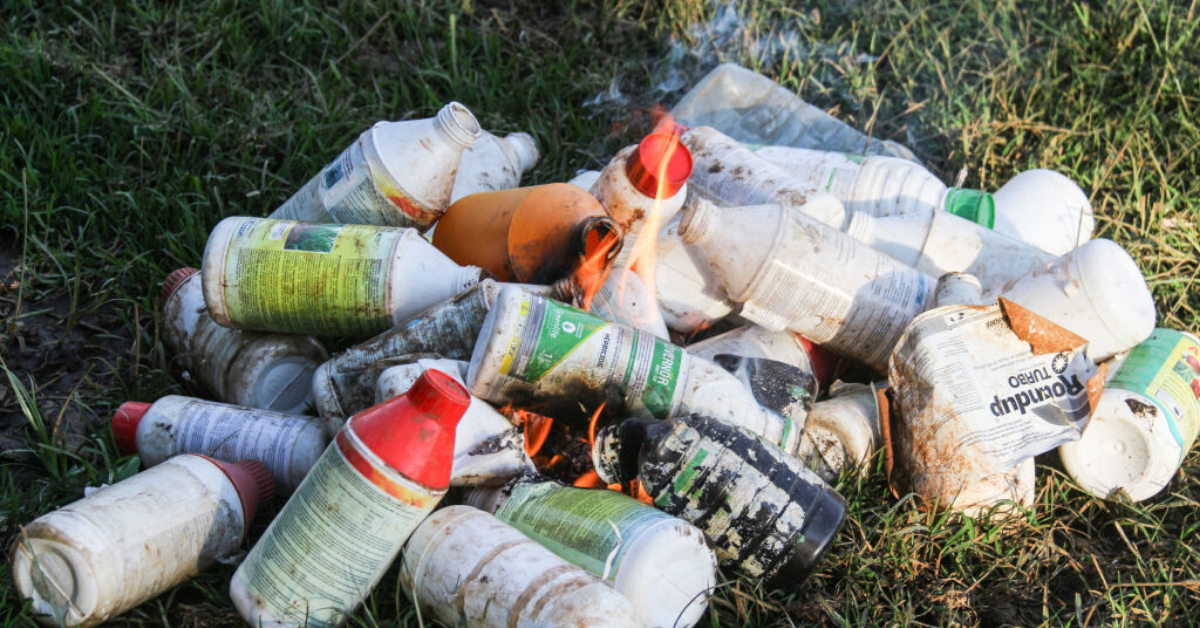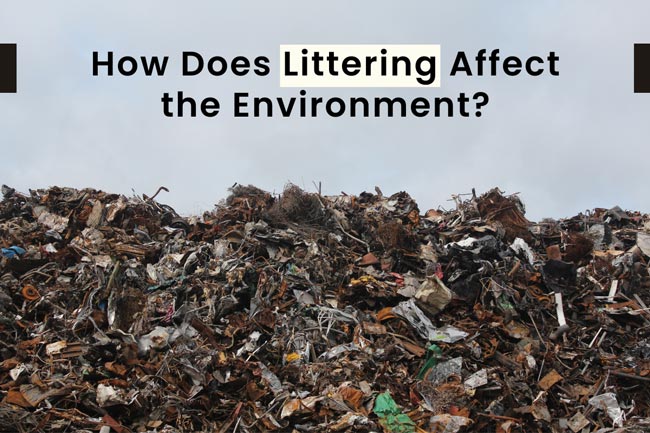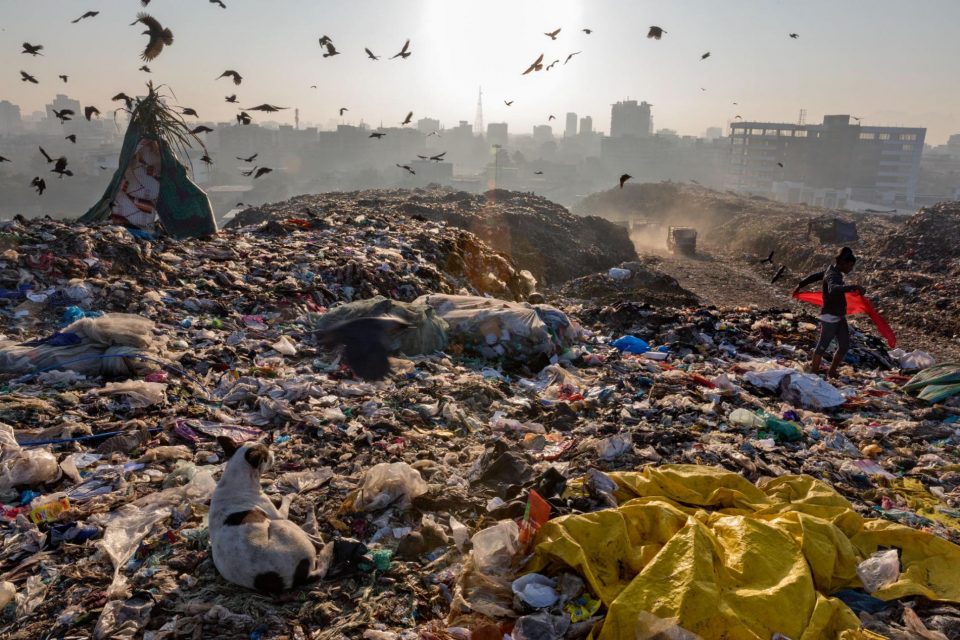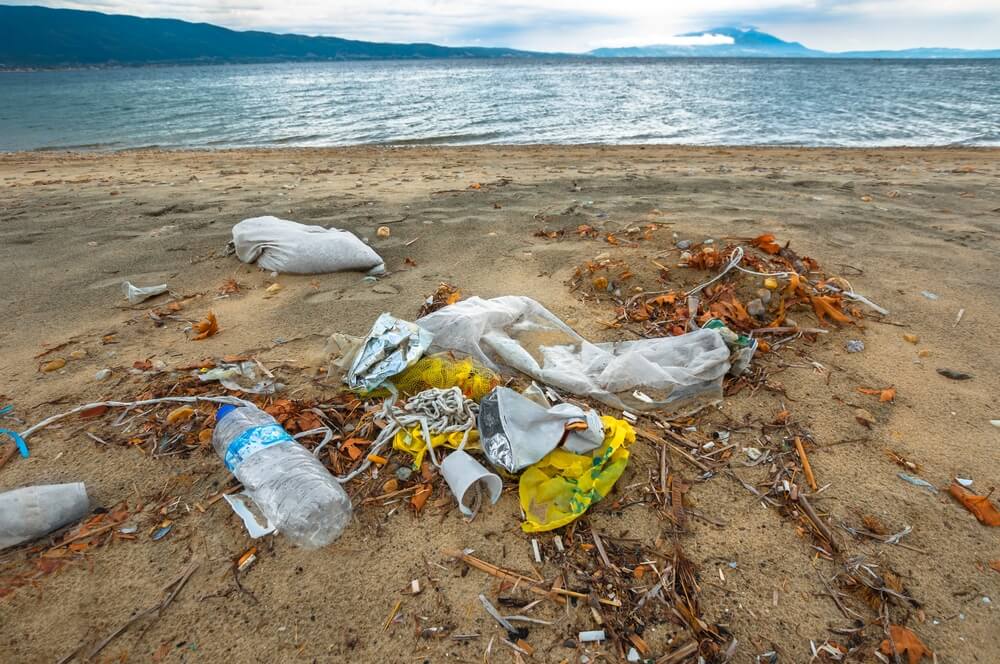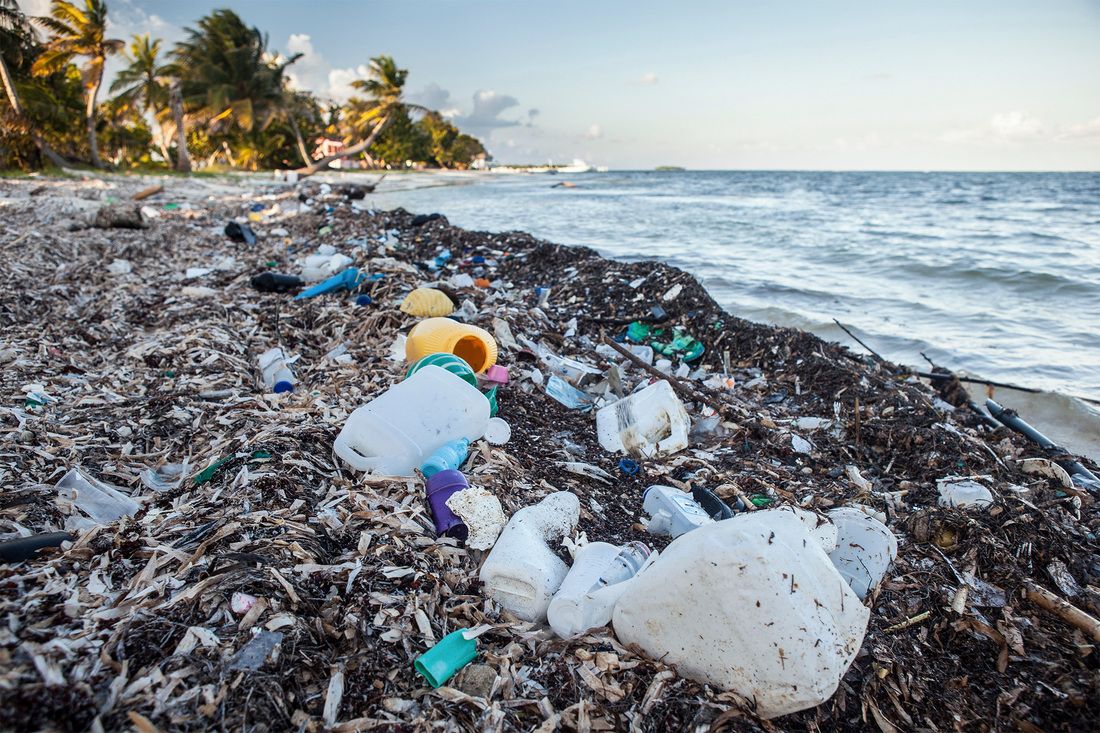How Littering Is Bad For The Environment
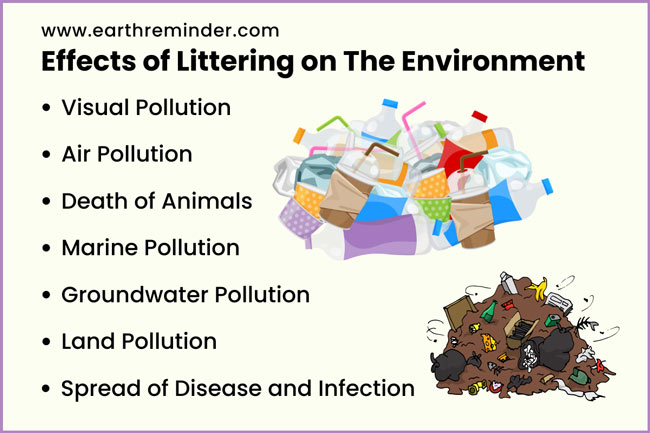
One common problem many homeowners face, especially those living near busy streets or parks, is the accumulation of litter around their property. This unsightly mess not only detracts from the curb appeal but can also have serious, long-term consequences for the environment. While you might feel powerless against the tide of trash, understanding the problem and taking proactive steps can make a real difference.
Diagnosing the Litter Problem: More Than Just an Eyesore
Before diving into solutions, it's important to understand the scope of the problem. We're not just talking about aesthetics; litter is a significant environmental hazard.
Step 1: Assessing the Type and Amount of Litter
First, take a good look around your property. What kind of litter are you seeing most often? Is it primarily:
- Plastics: Bottles, bags, wrappers?
- Paper: Fast food containers, newspapers, flyers?
- Metal: Cans, foil?
- Organic Waste: Food scraps, cigarette butts?
- Other: Construction debris, broken glass?
Knowing the composition of the litter is crucial for understanding its impact and choosing appropriate cleanup methods. Plastic, for example, poses a particularly long-term threat due to its slow decomposition rate.
Step 2: Identifying the Source of the Litter
Where is the litter coming from? Is it blowing in from the street? Are people intentionally discarding items on your property? Consider these possibilities:
- Wind: Strong winds can carry lightweight litter from uncovered garbage cans or nearby areas.
- Pedestrians: People walking by might carelessly drop items.
- Vehicles: Litter can be thrown from car windows.
- Animals: Animals can scatter trash from overflowing bins.
- Construction Sites: Debris can be blown from nearby construction zones.
Pinpointing the source will help you implement targeted preventative measures.
Step 3: Understanding the Environmental Impact
It's easy to dismiss litter as merely an aesthetic problem. However, its environmental consequences are far-reaching. Consider the following:
- Water Pollution: Litter can be washed into storm drains, contaminating waterways and harming aquatic life. Plastics break down into microplastics, which are ingested by fish and other organisms, potentially entering the food chain.
- Soil Contamination: Litter can leach harmful chemicals into the soil, affecting plant growth and soil quality.
- Wildlife Hazards: Animals can become entangled in litter, ingest it, or mistake it for food, leading to injury, starvation, or death.
- Habitat Destruction: Litter can smother vegetation and disrupt ecosystems.
- Greenhouse Gas Emissions: The production and disposal of many common litter items contribute to greenhouse gas emissions. Decomposing organic waste releases methane, a potent greenhouse gas.
Remember: Even small amounts of litter can have a significant impact on the environment.
DIY Fixes: Taking Action Against Litter
Now that you understand the problem, let's explore some practical solutions you can implement yourself.
Step 1: Regular Litter Pick-Up
This is the most immediate and obvious solution. Schedule regular litter pick-up sessions, even if it's just for 15-20 minutes each week. Equip yourself with:
- Gloves: Protect your hands from bacteria and sharp objects.
- Trash Bags: Use sturdy bags to prevent tearing.
- Litter Picker/Grabber: This tool will save your back and allow you to reach litter in difficult spots.
- First-Aid Kit: For minor cuts or scrapes.
Dispose of the collected litter properly. Recycle what you can, and dispose of the rest in your garbage bin.
Step 2: Securing Your Own Waste
Make sure your own garbage and recycling bins are properly covered and secured. Strong winds can easily knock over bins or blow lids off, scattering waste around your property and neighborhood.
- Use bins with tight-fitting lids.
- Store bins in a sheltered area if possible.
- Consider using bungee cords or weights to secure the lids.
- Don't overfill your bins.
By preventing your own waste from becoming litter, you're contributing significantly to the solution.
Step 3: Landscaping for Litter Control
Strategic landscaping can help prevent litter from accumulating on your property. Consider these options:
- Plant dense shrubs or hedges along property lines. These can act as a barrier, preventing litter from blowing onto your property.
- Use ground cover instead of bare soil. Ground cover can help trap litter and prevent it from blowing away.
- Install decorative rocks or gravel. These can also help to weigh down litter and prevent it from spreading.
- Maintain your lawn and garden. A well-maintained property is less likely to attract litter.
Remember to choose plants that are native to your area and require minimal maintenance.
Step 4: Educational Signage
If you frequently observe people littering on or near your property, consider installing polite and informative signs. The key is to be positive and encouraging, rather than accusatory. Examples include:
- "Please help keep our neighborhood clean!"
- "Thank you for not littering!"
- "Dispose of trash properly."
Position the signs in visible locations where people are likely to see them. Avoid obstructing pathways or creating visual clutter.
Step 5: Community Involvement
Connect with your neighbors and participate in community clean-up events. Working together can make a bigger impact and foster a sense of shared responsibility for the environment. You can also:
- Organize a neighborhood litter pick-up day.
- Partner with local schools or organizations to raise awareness about litter prevention.
- Advocate for improved waste management services in your community.
Remember: Collective action is essential for tackling the litter problem effectively.
When to Call a Professional
While most litter problems can be addressed with DIY solutions, there are certain situations where professional intervention is necessary.
Hazardous Waste
Never attempt to clean up hazardous waste yourself. This includes items such as:
- Chemicals
- Medical waste (needles, syringes)
- Asbestos
- Large amounts of broken glass
Contact your local environmental agency or a qualified hazardous waste disposal company to handle these materials safely.
Illegal Dumping
If you witness someone illegally dumping large amounts of waste on your property or in your neighborhood, report it to the authorities immediately. Illegal dumping is a serious crime that can have significant environmental consequences. Provide as much information as possible, including:
- The date and time of the incident
- A description of the person(s) involved
- A description of the vehicle used (license plate number if possible)
- The type and amount of waste dumped
Persistent or Large-Scale Litter Problems
If you've tried DIY solutions and the litter problem persists or is too large for you to handle, consider contacting a professional cleaning service. These companies have the equipment and expertise to remove large amounts of litter quickly and efficiently. This is especially helpful after events or in areas with heavy foot traffic.
Property Damage
If litter has caused damage to your property (e.g., clogged drains, contaminated soil), you may need to consult with a specialist. A plumber can clear clogged drains, and an environmental consultant can assess and remediate soil contamination. Addressing damage promptly can prevent further problems.
Preventative Measures: Long-Term Solutions
While cleaning up litter is important, preventing it in the first place is the most effective solution. Consider these long-term strategies:
Advocate for Better Waste Management Policies
Support policies that promote responsible waste management, such as:
- Increased recycling rates
- Extended producer responsibility (EPR) programs
- Bans on single-use plastics
- Improved enforcement of littering laws
Contact your elected officials and voice your concerns about litter and waste management.
Reduce Your Own Consumption
Make conscious choices to reduce your consumption and minimize your waste. This includes:
- Using reusable bags, water bottles, and coffee cups
- Buying products with minimal packaging
- Composting food scraps
- Repairing items instead of replacing them
By reducing your own waste footprint, you're setting a positive example and contributing to a more sustainable future.
Educate Others
Talk to your family, friends, and neighbors about the importance of litter prevention. Share information about the environmental impacts of litter and encourage them to take action. You can also:
- Volunteer at local schools or community organizations
- Share information on social media
- Participate in public awareness campaigns
Remember: Raising awareness is crucial for changing attitudes and behaviors around litter.
Conclusion
Dealing with litter can be frustrating, but it's important to remember that every effort, no matter how small, makes a difference. By understanding the problem, implementing DIY solutions, knowing when to call a professional, and advocating for long-term preventative measures, you can help create a cleaner, healthier environment for yourself and your community. Take ownership of your space and be part of the solution! Your actions can inspire others and contribute to a more sustainable future, one piece of litter at a time. The environmental benefits – cleaner water, healthier wildlife, and reduced pollution – are well worth the effort.
